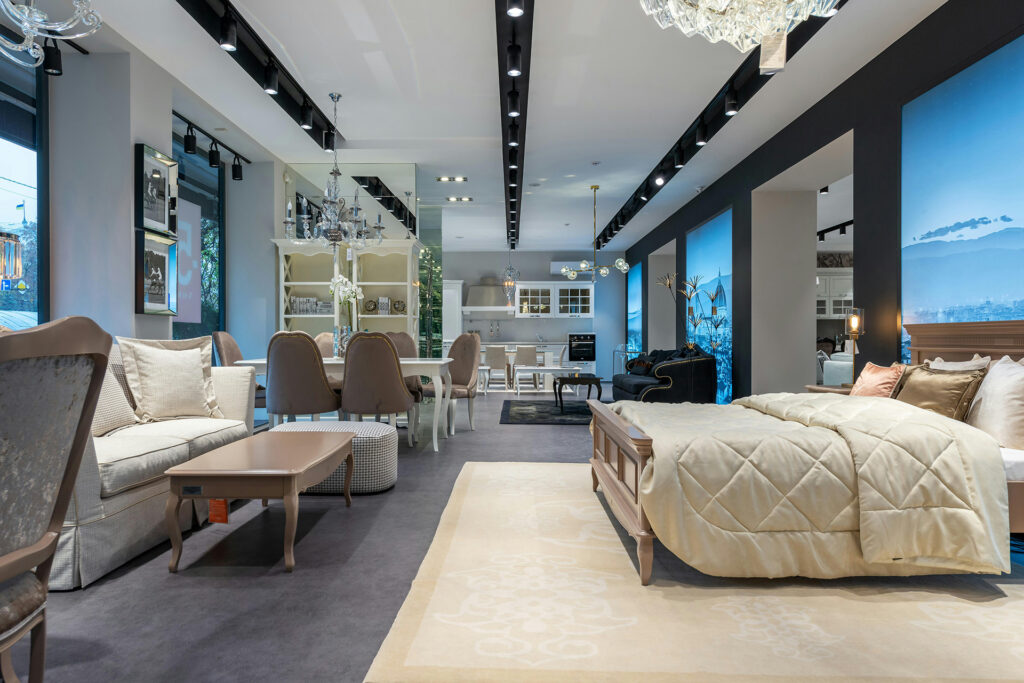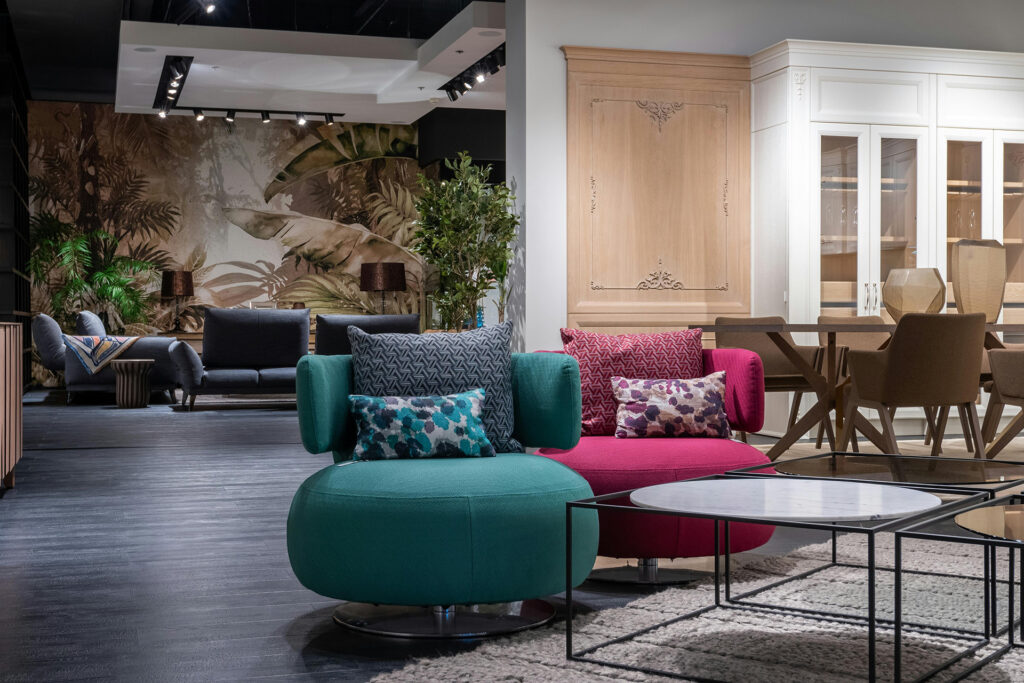It’s no secret that modern day shoppers are becoming savvier, and stricter, when it comes to spending. In the furniture and beds sector, this behaviour is more present than others, with big ticket purchases often providing a dilemma for prospective buyers. Some may know what they are looking for and will pop into a store to try before they buy, while others will be starting the journey from scratch as soon as they enter a retailer.
At the time of writing, the latest GfK Consumer Confidence Index saw overall figures increase two points to -19 in April, with the Major Purchase Index, which includes big ticket items such as furniture, up two points to -25; three points higher than this month last year. There is still a lot of ground to make up, but small shoots of increasing confidence are welcome to the retail industry and wider economy.
This also means that providing shoppers with the right experience has never been so vital. Gone are the days where product can just sit idle and expect to achieve sales. Now, consumers want an experience, they want to be educated and they want to feel empowered, especially with big ticket purchases.
Last month, we touched upon why investing in a strong website is key, while this month we focus on why offering an enhanced retail experience is just as important.

The Experience
Consumers want tangibility. The ability to see the size and feel the quality of a product is important and, crucially for bricks-and-mortar retailers, something that can’t be emulated online. It’s common that shoppers will visit a store, assess the quality of a product and make the purchase – confident that it meets their requirements.
However, retailers are having to work harder to entice and keep shoppers in store. Re-engineering stores to provide a quality experience gives shoppers a reason to remain, and return, otherwise they will make for the exit. Merging your online offer with the physical presence under one uniform also helps the consumer experience.
The ambiance of your store plays a vital role in setting the mood and tone for your customers’ shopping experience. Lighting, music, scents, and overall cleanliness and organisation of the space impact customer perception. A pleasant, inviting atmosphere encourages customers to stay longer and enjoy their time shopping. This is coupled with a well-designed store layout, where customers can navigate easily through a logical flow and clear signage.
Product displays are key too. How much space do they take up? Are there different categories of product in one area? Making it easy for the consumer to touch and feel products in a spacious setting will help relax them. Cramped environments may deliver a rushed approach and could also lead to a customer feeling overwhelmed by what’s in front of them.
Make sure there is a strategy in place and share information on products that you know customers are looking for. With sustainability a key topic, highlighting sustainable impacts or product benefits in a visual way can help with this. Furthermore, have your team armed with the knowledge to answer any product query to give the customer confidence in the product, but also in the store and the team.
Why not try ‘experiential retail’ too. This transforms shopping from a mere transaction to an engaging experience. This strategy revolves around creating memorable, immersive experiences within the store. This could include interactive product demonstrations, instore events, workshops or community partnerships that will engage with shoppers. Another element of this is incorporating interactive technology, such as kiosks. Having a screen where customers can engage with lots of product selections and customisations is a great way of satisfying tech-savvy shoppers, as well as bringing the traditional shopper into the digital world.
Having an enhanced customer experience will also reduce shoppers that enter your store, browse for a bit and then make for the exit. They could be about to purchase elsewhere or they’ve just had a really bad experience. However, after showcasing a great instore experience and the shopper still walks towards the door without purchasing, don’t just let them leave.
Obviously, you can’t lock the doors and hold them to ransom – even if they were trying out beds or sofas for hours, but what you can do is take the final opportunity to leave a lasting impression. Whether that is by reaffirming your support and thanking them for their time, or perhaps try and intervene with an ‘exit interview’ style approach. Ask them if everything was ok with their visit? Find out why they have chosen to walk away. This feedback can be used with future prospects but it also shows the customer you care about the time they have spent. Even if no money has transacted, yet. They visited your store for a reason, this final interaction should be positive and you never know, they may reappear in a few hours, days or the following week to secure the sale.
What is your instore experience like?


 332-699-2525
332-699-2525